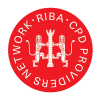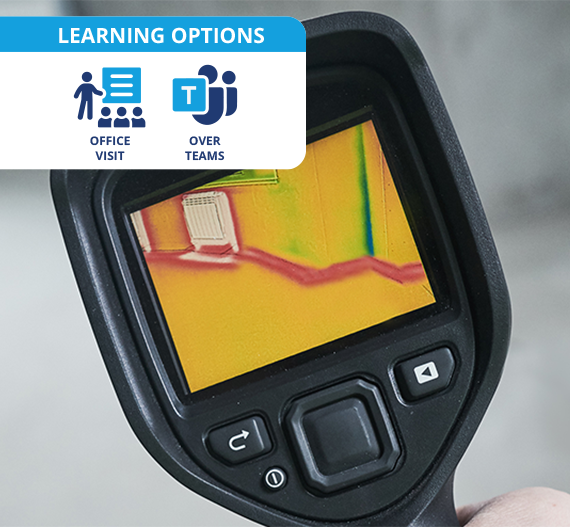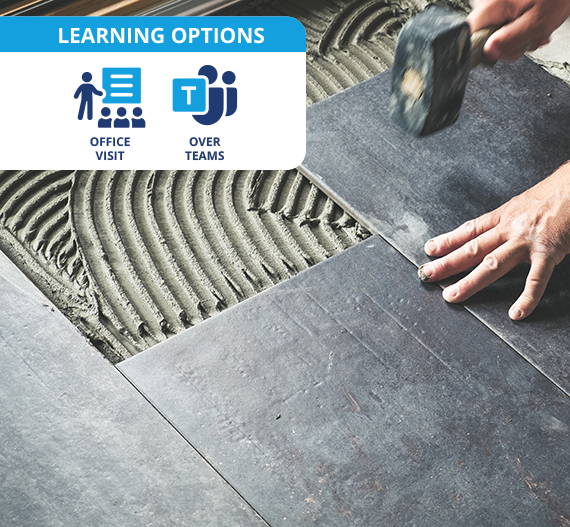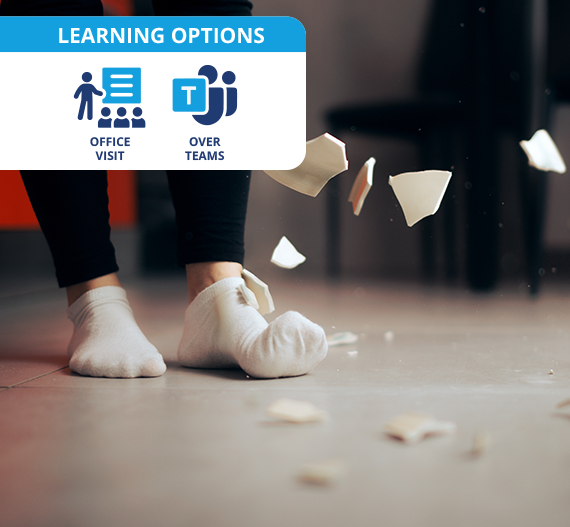Please view our range of RIBA approved CPDs.
What Is Thermal Bridging?
Discover the impact of thermal bridging on building performance with our free digital CPD: What is Thermal Bridging. Designed for construction professionals who want to better understand where thermal bridges occur, why they matter, and how to address them effectively. Watch each short video at your own pace and answer a few questions to reinforce your learning. At the end, simply print your personalised certificate as evidence of your CPD completion.

Reducing Thermal Bridging in Floor/Wall Junction Designs
Reducing thermal bridging at the wall to floor junction is increasingly important since Thermal Bridging heat loss can account for up to 30% of the building’s total energy loss and because current building regulations state that “there should be no reasonably avoidable thermal bridges in the insulation envelope.” This avoidable heat loss (the Y value) can often make the difference between complying and not complying with the target emissions rates in SAP / SBEM. This seminar looks at the various methods to reduce this Y value to help achieve compliance.

Internal and external boards for waterproofing and crack-free tiling
This seminar explains the factors that damage ceramic tiling and can result in leaking wetrooms by describing what the causes of these problems are and how they can be avoided. It looks primarily at the advantages and disadvantages of the various types of tiling substrates available, focussing on foam-cored tile backer boards.
Additionally, it examines how wetrooms, shower areas and even swimming pools can be designed to be leak free.

How to stop noise from a tiled floor passing into the room below
Eliminating noise nuisance within shared accommodation is a serious issue, it can sometimes lead to damage to people’s health and laws now exist to regulate it. Tiling floors in apartments or flats can often lead to the transmission of unacceptable levels of impact noise.
This seminar deals with this specific issues, it explains why tiling apartment floors is sometimes not allowed and describes solutions to allow this to happen.






